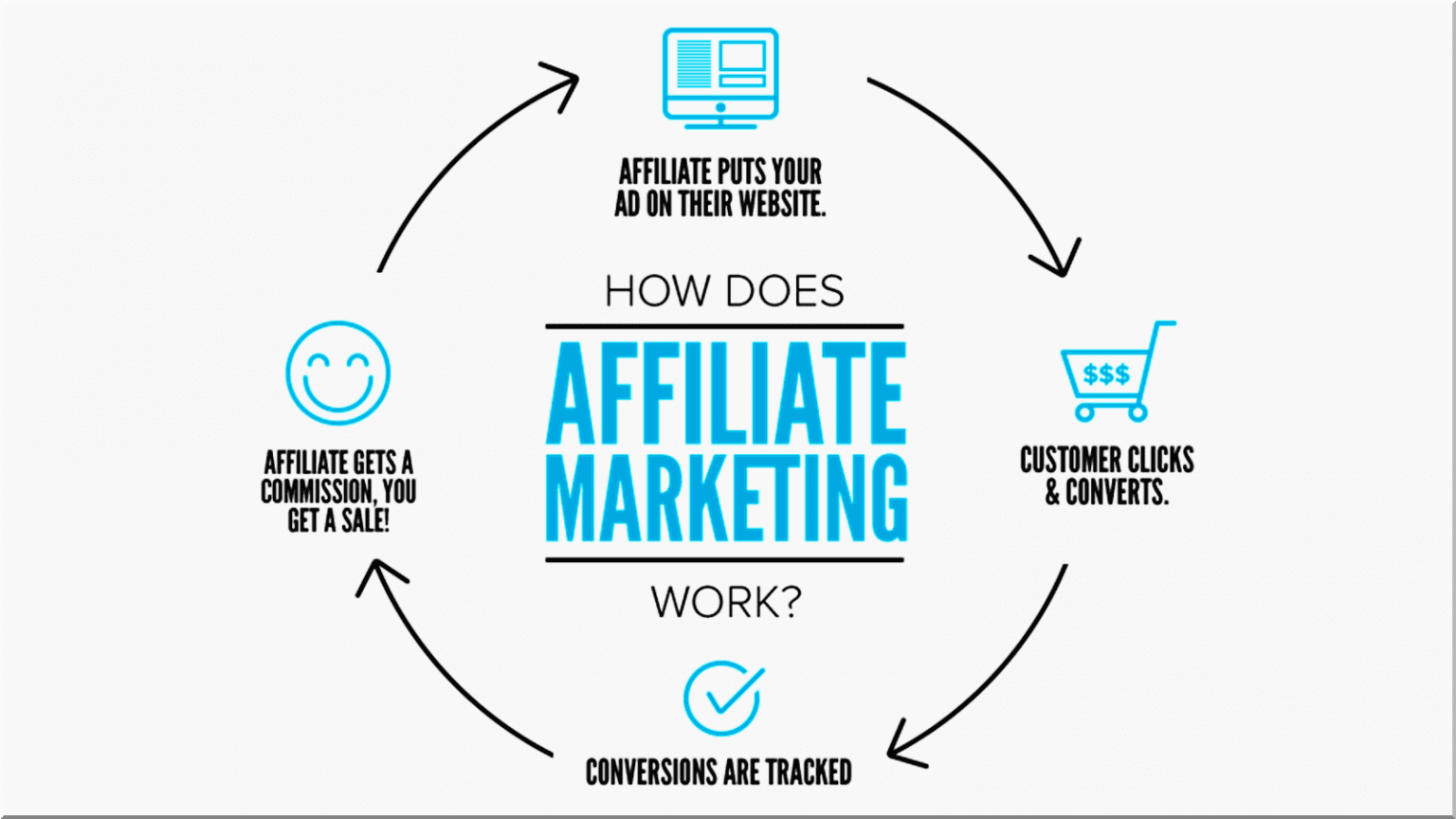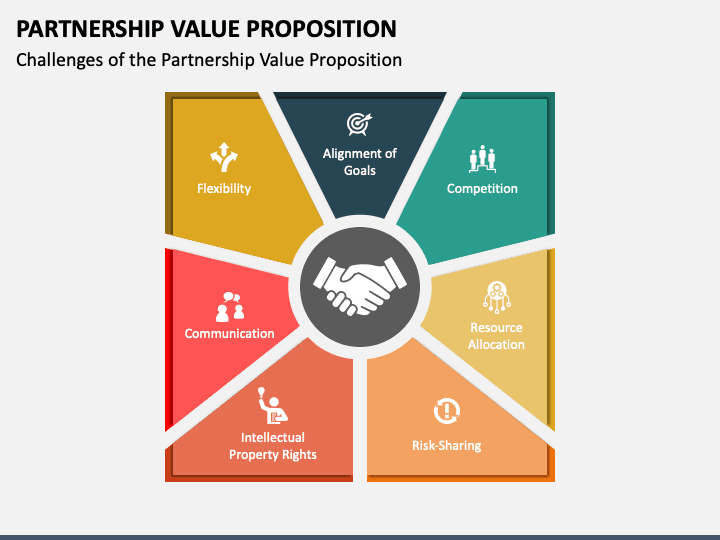In business, collaboration is everything. It’s key to unlocking new opportunities and smashing your growth through the roof. Partnership selling, in particular, is one great example where coming together as one reaps rewards for your business. Adding partnership selling to your arsenal of sales tools is a must. Here’s why…
What is Partnership or Channel Selling?
Partnership selling is where your company and another company strategically become allies in business. You’ll set targets together and expand your horizons through shared resources and databases. The goal is to establish a long-term relationship and create real value and revenue for both companies involved.
The biggest companies in the world leverage partnership selling to maximum effect; a whopping 95% of Microsoft’s revenue flows through its partners.
Channel selling, on the other hand, is a strategy in which you sell products through another company, usually a third-party partner such as a wholesaler or distributor. 67% of online shoppers have made purchases that involved multiple channels, showing the clear benefit of channel selling.
In a nutshell, partnership selling is about forging deep, collaborative relationships with specific companies, while channel selling involves utilizing third-party channels to reach customers in different markets.
What is Affiliate Marketing?
Affiliate marketing is a type of partnership selling, but is different enough to warrant its own description. It’s an advertising model in which a company pays third parties to generate traffic and leads to a product or service. Almost anyone can sign up to affiliate programs for brands they know and love. There are usually some prerequisites, but it’s not like partnership selling where two specific companies come together with shared goals.
Affiliates are paid in commission to help companies find more customers and assist in promotion. There’s no limit to the number of affiliates you can use. This is also different from partnership marketing as that’s usually between two parties who work in tandem to achieve the same goals.
However, just because affiliate marketing is not, strictly speaking, partnership selling, it doesn’t mean it can’t be used in addition to it. Affiliate marketing can be a great way to get brand ambassadors on board and spread the word of your product or service to untapped markets.
Check out the infographic below for a quick and easy overview of how affiliate marketing works.

The Benefits Of Partnership Selling
Partnership selling can offer you a wealth of benefits. You can extend your reach, tap into new markets, and enhance your credibility in the market by collaborating with a well-known business.
Let’s take a look at some of the benefits of partnership selling…
Expand Your Reach
Partnering with other businesses helps you reach out to new customers without the added marketing costs. You can tap into each other’s customer databases and increase your brand exposure when you partner up with other companies.
Combine Expertise
By teaming up with partners who possess complementary skills and expertise, you can fill in the gaps where you may be lacking. Building a diverse and multi-faceted partnership can allow you to capitalize on different strengths, accelerating your business’s growth and success.
Saving Money
When you team up with a partner, you can share the expenses, saving money for both of you. Partners can also help you raise funds when needed.
Share the Risk
Sharing the burden is important when partnering up. It’s good to know that you and your partner will have each other’s back if things don’t go to plan. It’s important to have the same shared vision, communicate honestly, and grant access to resources to share the risks and financial burdens of your shared strategies.
Future Growth
Partnering up and forming a strong coalition can boost your long-term growth. A long-term partnership can lead to future success and you can pave a way for sustainable growth by working together and capitalizing on new opportunities that come to the market. Additionally, you can also work with data warehouse consultants because they can optimize your data strategy, ensuring efficient and scalable growth.
Creating a Partnership Sales Team
Partnership sales are more abundant than ever, especially after the pandemic and near-constant recession. Businesses need to start cutting down and budgeting better. That’s why partners are welcomed.
Having a partner-first mentality when assessing if it’s the right strategy for you is essential. Just look at Powell Software; they devoted time to developing their partner-focused network and now their revenue is 100 percent partner-sourced.
If it works for them, why can’t it work for you?
Let’s take a look at some of the more specific points to shape your partnership…
Pick the Right Partner
To pick the right partner for your business, you need to look for companies that share similar values and a similar target market as the one you occupy.
Find a company that complements your strengths, with a good reputation and a communication style that resonates with yours. Trust is a key factor if you’re looking for a seamless transition with long-term sustainability. Building a partnership with the right ally can unlock new opportunities and provide you both with long-term mutual success.
Align Your Goals
Make sure you and your partners want the same things. You should seek out partners who have similar values, visions, and the same kind of commitment to customer satisfaction as you. When you both work towards the same goals, your partnership will strengthen, boosting your chances of long-term success.
Look for Trust and Clear Communication
By fostering trust and open communication from the outset, you can build the core foundations that lead to long-lasting relationships. Keep talking regularly, share ideas, and help one another get to the bottom of problems efficiently.
If you follow the basic principles of trust and good communication, there’s no reason why the partnership shouldn’t be very profitable for both of you.
Partner Training
Partnership selling takes time and training to perfect. The goal is to create a successful partnership whilst integrating all your sales processes seamlessly. Sales training is essential regardless of partnerships, but collaborating with other businesses requires a specific type of training.
Your teams, where applicable, need the correct training to learn about different company workflows. But also you need to train and be trained! If you can’t nail the fundamentals of your partner’s company and devote your time to partner training, you might as well give up before you’ve even begun.
Regularly Evaluate and Improve
Regularly review your partnership and performance to identify its strengths and weaknesses. Stand still for too long and your partnership will fall by the wayside. Don’t let this happen!
Partner performance evaluation is crucial to success. It will help you evaluate the potential and value of your partners, plus identify areas that need to be worked on together. It’s a great way to provide open feedback and encourage both parties to improve.
Challenges Of Partnership Selling
Now you have the foundations of how to build a successful and long-lasting partnership, let’s just remind you that it’s not always sunshine and rainbows. According to Mark Sochan in “The Art of Strategic Partnering,” 60-65% of strategic partnerships fail.
And there are many reasons why.

You should always consider if the partner you’ve chosen has the same goals and values as you, otherwise you can end up in a complicated mess.
There are challenges that you must overcome to ensure the collaboration works and benefits both of you. Let’s look at them a little closer.
Shared Visions
73% of marketers find managing partners a major challenge, and it’s easy to see why. If you have contrasting target audiences, different ideas of expansion, or you can’t prioritize the same items of importance, it can be difficult to collaborate effectively. Without a shared vision, you will have no hope of a successful selling partnership.
Clearly define your objectives from the get-go to ensure you both envision the same future.
Resource Management and Allocation
Managing and allocating resources such as capital, staff, and time isn’t the easiest feat. You have to ensure each partner receives and contributes their fair share to reach common goals.
Plan, budget, and track resources simultaneously and squash any minor disputes before they unravel your partnership. Establish a transparent resource allocation at the start of your partnership, clearly outlining the key responsibilities of resource management. Ensure communication channels remain open and that both parties have access to a central source of truth to fall back on and verify things in the face of disagreements.
By following these steps, you can forge a strong alliance for success.
Building Trust
One of the biggest challenges in partnership selling is building and sustaining long-term trust in your relationship. If you don’t have trust, it’s as good as dead before you even get started.
This is a core element to enable teamwork, clear communication, and a smooth journey to success with each other. Trust and relationships are not automatic, they’re built over time and nurtured with patience. To build the best foundations of trust; respect, value, and listen to your partner. Then once you’ve nailed the trust thing, you can celebrate with champagne together when you’ve cracked your first target.
Accountability and Transparency
Holding yourself accountable and being transparent from the start of your relationship is paramount to getting yourselves off to a good start. Fulfill your commitments, report your performance honestly, and share all information openly with partners. Both parties will need to do the same or it just won’t work.
Clashing Styles of Operation
You and your partner might have different styles and ways you handle operations. From the structure of the organization, the communication style, and general work ethics, it’s wise to align these and get on the same page as your partner before you even agree to work together.
These differences can cause friction, so tackle this head-on and respect each other’s ways, whilst finding common ground when necessary.
Lack of Priority
Will Taylor, an expert in partnership selling, says the biggest challenge he hears about is people having trouble knowing what to prioritize. It can feel hectic to set up a new partnership. It can take a lot of time and energy and the results may not be immediately visible.
Taylor gives some wise words for people struggling with what to prioritize.
"What you need is something to focus on, like a specific group of partners or a specific ecosystem. Using your time efficiently and knowing what to pay attention to is the best thing you can do for both yourself and your partners. If you can drive attention (and, by extension, trust) with your partners, you can create deep strategic relationships with them. So instead of attempting to do it all, choose one partnership or a handful of partnerships to work on and get the ball rolling."
Will Taylor, Head of NearBound Partnerships at Reveal Tweet
In essence, don’t try to make two hundred partnerships straight away. Pick the best fit and dedicate your energy towards one at a time.
Is Partnership Selling Suitable For Your Business Model?
It’s a straightforward task to figure out if partnership selling is a good fit for your business, but it involves multiple different aspects to consider.
Firstly you need to figure out whether the product or service you’re offering complements your partner’s business model and target audience, and vice versa. Without being on the same page about the basic things like target market, you’re not going to go very far as partners.
You also need to have the resources, such as people, time, money, and tools to make the partnership work. Think about whether your company’s values match up to the various partners in question, too. Do you have the same goals and overall sales strategies to make this a successful long-term partnership? If your values differ, is that a deal-breaker? Only you can decide.
Finally, ask yourself, are you happy to share the responsibility and the risks that come with a sales partnership? This is one of the most important as money will be shared and you need to be ready as a business to take on the challenge.
Case Study
Reebok felt the full force of the pandemic with a considerable drop in orders. To get on top of this they turned to Acceleration Partners, a leading partnership marketing agency.
Their objectives were to:
- Gain new customer revenue through targeted campaigns with a loyalty affiliate.
- Increase their average order value from new customers.
- Engage with previous customers to enhance lifetime journeys and loyalty to the brand.
Acceleration Partners launched a fortnight-long strategic campaign with a leading loyalty affiliate Cartera. Through Cartera, Reebok joined forces with a major US airline and gave bonus points for air miles for every $100 dollars spent on eligible Reebok products. They promoted the campaign on both homepages and on newsletters, announcing the bonuses to all customers from both companies.
The strategy involved valuable media placement, precise audience targeting, and choosing the best loyalty affiliate. Although the campaign targeted only one airline, the results were tremendous:
- A 38% increase in revenue from other programs on Cartera
- Reebok had a 161% increase in revenue from Cartera
- A 329% increase in clicks from Cartera
- 143% Increase in new customer revenue from Cartera
- 49% Increase in average order value from Cartera.
This successful partnership enabled a once-struggling Reebok to surpass its pre-pandemic order volume and revenue! Don’t underestimate the power of partnership selling.
Read more about this powerful partnership over at P2P Marketing.
Start Your Business Partnership the Right Way
Partnership selling is a collaborative approach where you join forces with another company to achieve success in sales together. You can expand your business reach, access new customer segments, and drive your revenue growth more effectively than you’d be able to alone. The success of partnership selling depends on a joint work ethic, careful planning, effective communication, and alignment of objectives and goals that you both have.
While similar, partnership sales differ from channel sales in that they offer a collaborative partnership where the two businesses are on level pegging. Channel selling is more of a parent/child relationship, while affiliate marketing operates more as a brand ambassador program. Both can be beneficial, but when executed perfectly, partnership selling improves all aspects of your sales team’s success.





